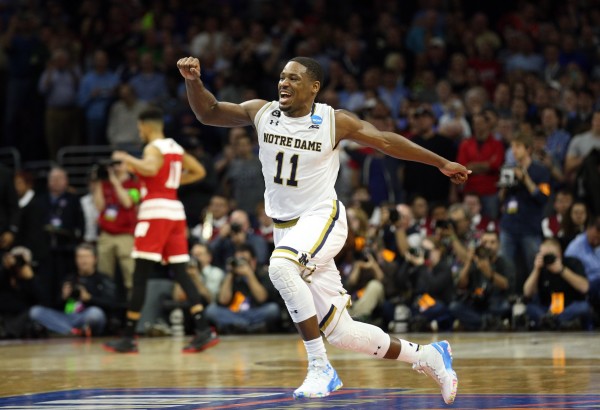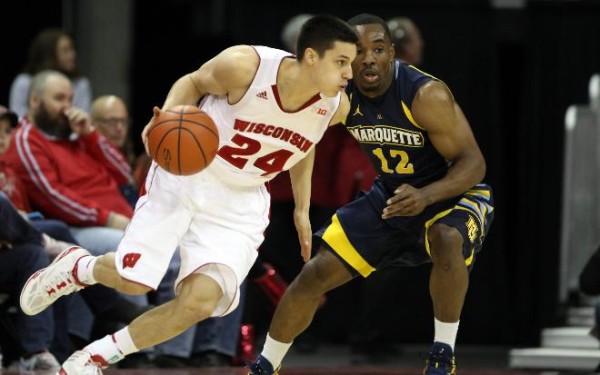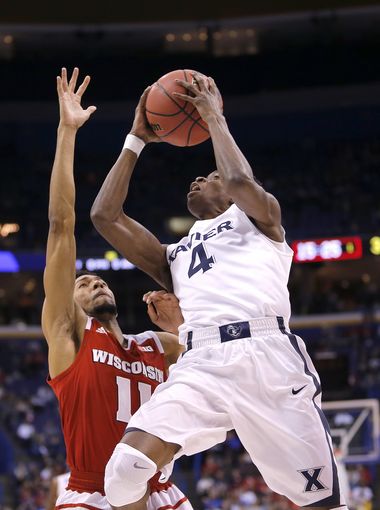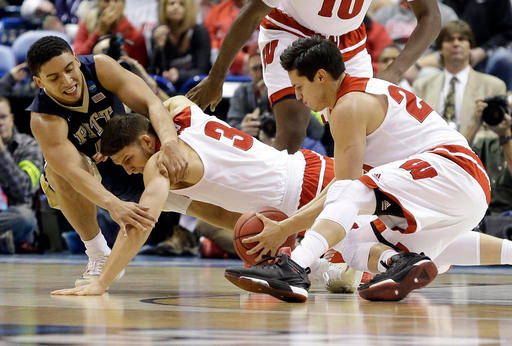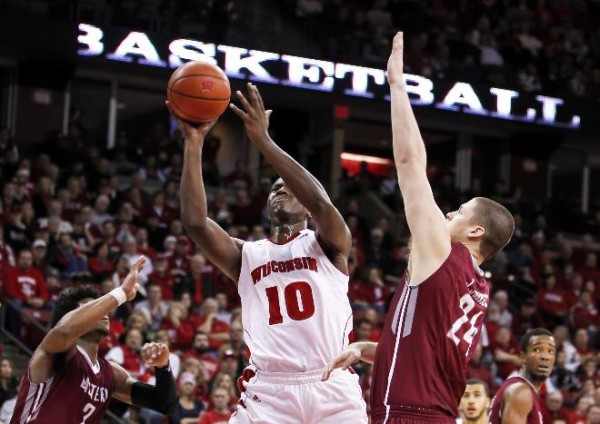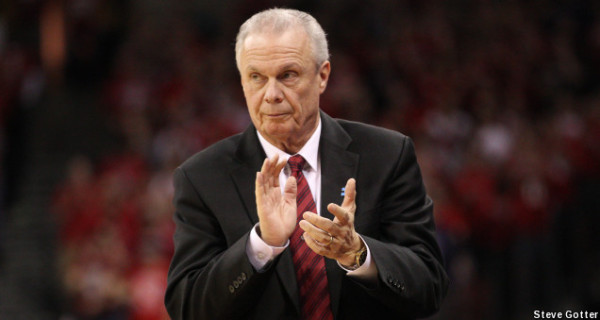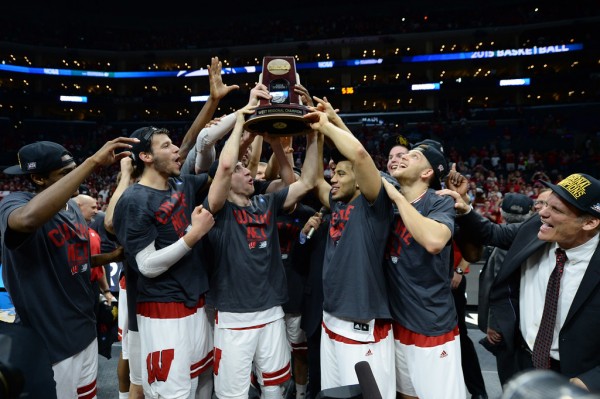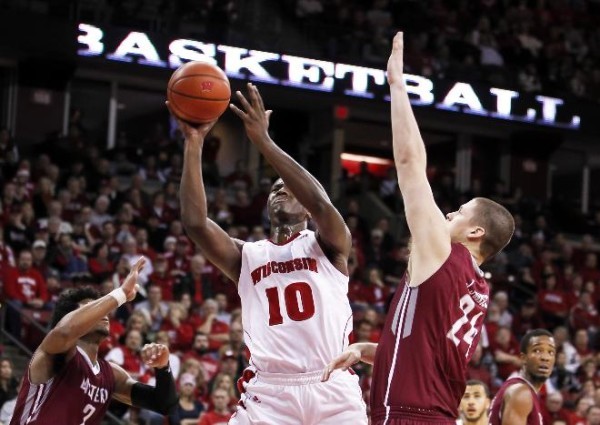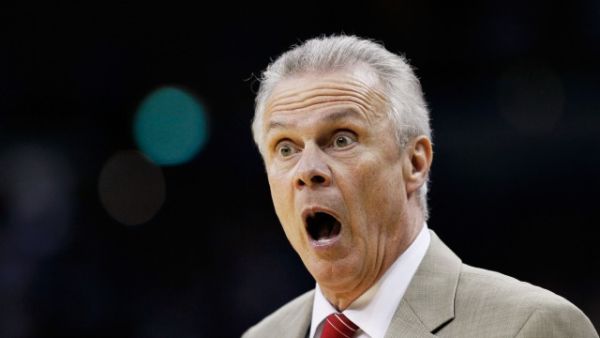The ballots have been revealed and the results have been tabulated. Unlike another round of voting that took place this week, there isn’t as much shock value in seeing these results. We at the Big Ten microsite have voted and determined how the league will shake out this season. The last of three segments lists our top four teams (the bottom tier can be found here and the middle tier can be found here).
4. Purdue: The Boilermakers enjoyed their best season since 2010-11 by winning 26 games and finishing 12-6 in conference play. They lost two All-Defensive Team members, including the Defensive Player of the Year AJ Hammons, but expectations are still high in West Lafayette. This is mainly because there just aren’t many teams nationally that can unleash a frontcourt with a trio of players as talented as Vince Edwards, Caleb Swanigan and Isaac Haas. With this trio in place, Purdue can expect the defense and interior scoring to comparable to last season. If PJ Thompson and Dakota Mathias can also consistently knock down shots from the perimeter, Purdue should equal, or surpass last season’s success.
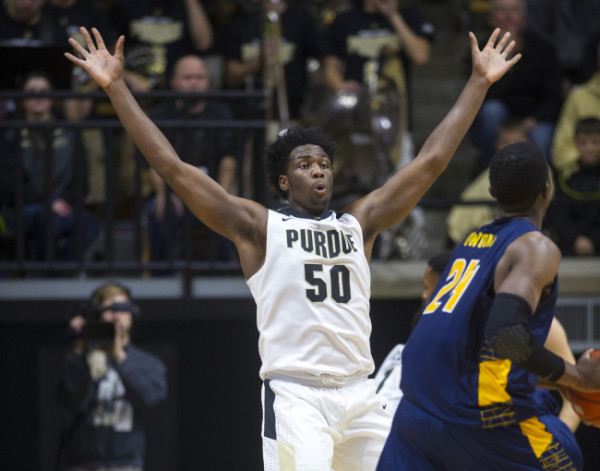
Caleb Swanigan leads a deadly Purude frontcourt that is one of the best in the nation. (AP Photo/Doug McSchooler)
Best-Case Scenario: Elite Eight
3. Michigan State: A brutal early schedule and some nagging injuries on the interior makes Sparty’s preseason ranking a little fluid, but it’s difficult to not give Tom Izzo a well-earned benefit of the doubt. A star freshman crew of Miles Bridges, Josh Langford, Cassius Winston and Nick Ward will all have to contribute early, but they have the skill sets to do so. Bridges (26.5 PPG, 4.0 BPG) in particular dominated in Michigan State’s two exhibition wins and could be a First-Team Big Ten talent. Also keep an eye on Eron Harris and Matt McQuaid. They will have to make many of the shots that Denzel Valentine and Bryn Forbes took last season. If Gavin Schilling and Ben Carter can return well at some point from their injuries, this will be one of the best and deepest teams in college basketball.
Best-Case Scenario: Final Four Read the rest of this entry »





























